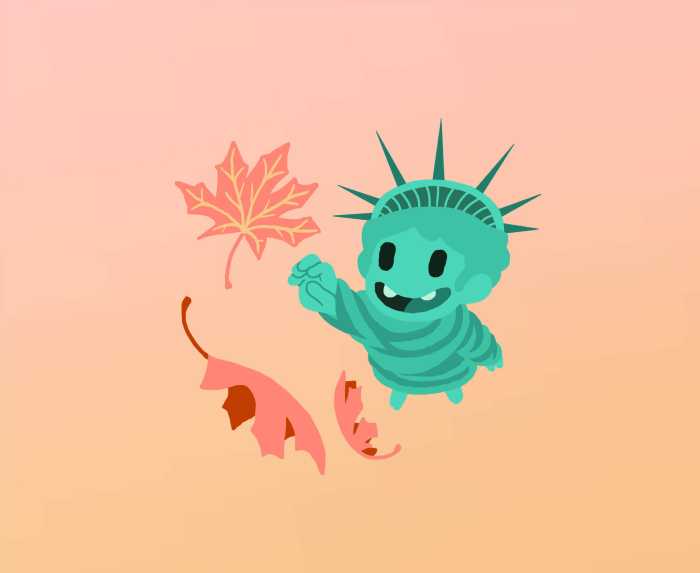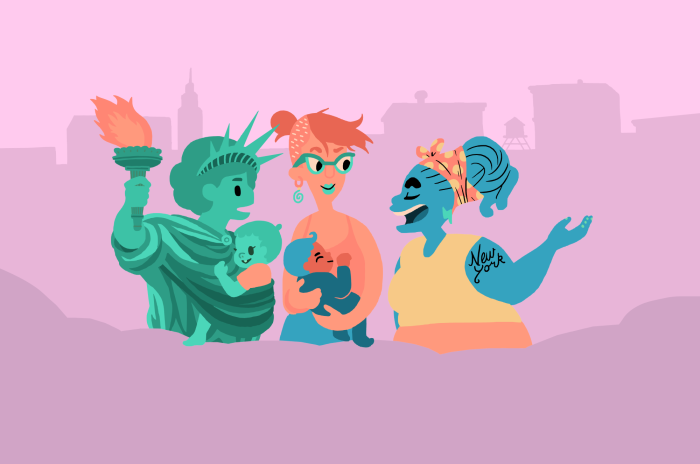
Entrance to Socrates Sculpture Park on Vernon Boulevard featuring the park’s “Broadway Billboard.” Photo: Shane O’Brien.
May 13, 2025 By Shane O’Brien
On any given morning, Socrates Sculpture Park in Astoria hums with energy—artists welding steel, neighbors walking their dogs, and visitors pausing to admire large-scale artworks taking shape before their eyes.
Located at 32-01 Vernon Blvd. along the East River, the 6.25-acre waterfront park is unlike any other green space in New York City. Since its founding in 1986 by sculptor Mark di Suvero, Socrates has stood at the intersection of art and accessibility, transforming an abandoned and illegal dumpsite into a dynamic outdoor studio and exhibition space. It officially joined the NYC Parks system in 1998 and remains the only park in the city that both fabricates and presents new artistic work on-site.
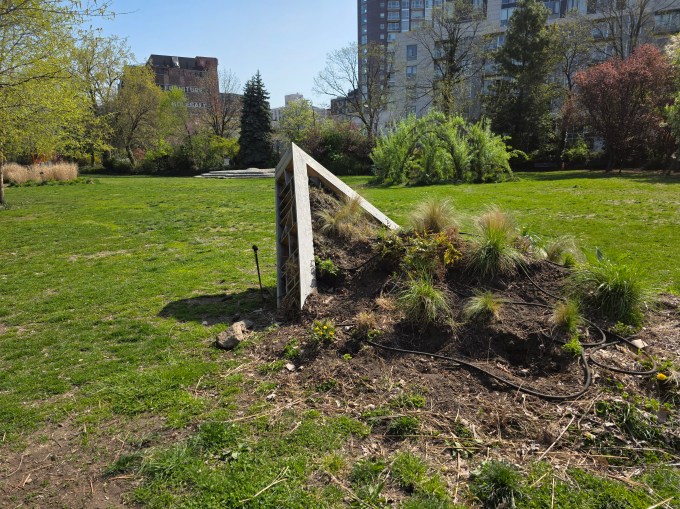
Existing “Invasive Species” exhibit at Socrates Sculpture Park. Photo: Shane O’Brien.
Co-directors Shaun Leonardo and Katie Dixon say the park’s mission goes beyond showcasing finished art—it’s about demystifying the creative process. Artists are invited to work in the open, often interacting with visitors who wander through the space.
“The art is always happening in the background,” Leonardo said. “That level of ease that people can experience and ask questions on their own terms sets Socrates apart from the ivory tower that requires admission, but also requires that you learn on someone else’s terms and through someone else’s language.”

Photo: Shane O’Brien.
Dixon added that the park’s open access and artist interactions help expand cultural participation. “There’s no velvet rope here,” she said. “People are encouraged to engage with the work in whatever way feels right to them. It’s public space and public art working together.”
In keeping with its history of transformation and reflection, Socrates Sculpture Park regularly rotates its thematic exhibitions to explore current issues in both environmental and social landscapes. Past installations have taken on everything from invasive plant species to housing displacement and migration—framing the physical and metaphorical idea of being “uprooted” within the evolving identity of Queens.
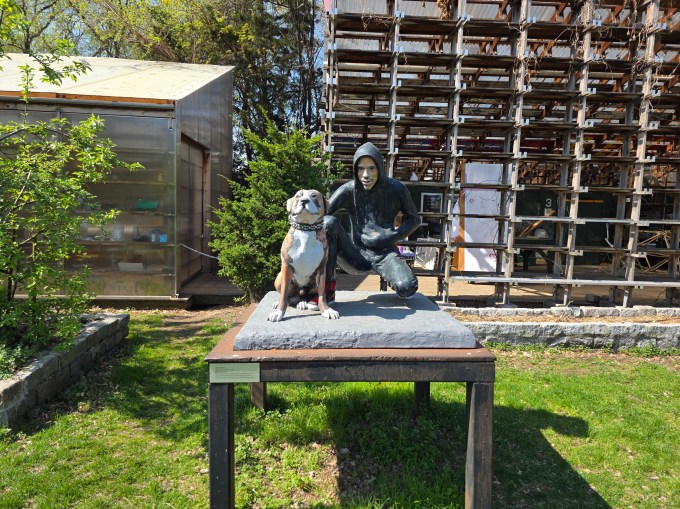
Photo: Shane O’Brien.
“The question we often explore is: Who gets to belong? Who determines what’s ‘native’ or ‘invasive’—in ecology and in human experience?” Leonardo said. “That speaks directly to the broader story of Queens and of New York.”
Beyond art, Socrates also serves a critical function as a neighborhood green space in a rapidly growing section of western Queens. Its importance has grown in recent years, especially during the COVID-19 pandemic and amid the prolonged closure of nearby Rainey Park due to renovations.
“We’ve definitely seen an uptick in visitor numbers,” Dixon noted. “The demand for public space in this area has grown, and Socrates has really become a vital part of everyday life for many residents.”
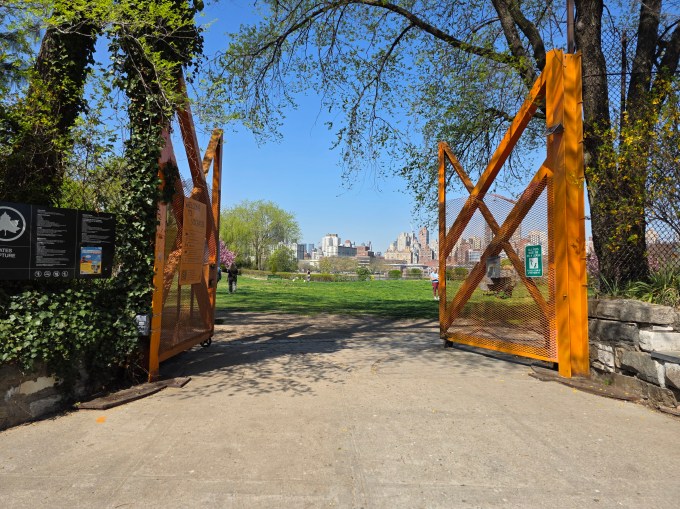
Photo: Shane O’Brien.
The park also plays host to a rich slate of community events, including Earth Day programming, gardening workshops, film screenings, and the annual Guelaguetza Festival, which celebrates Oaxacan heritage through music, dance, and food.
Leonardo describes parks like Socrates as among the most democratic spaces in America—places where people of all backgrounds can come together. “There’s a growing appreciation for how necessary green space is,” he said. “And when that space also offers access to cultural and creative programming, it becomes something truly powerful.”
As Socrates Sculpture Park continues to grow and adapt—whether through infrastructure upgrades, new exhibits, or expanded community partnerships—it remains rooted in its founding belief: that public space can be a canvas for creativity, connection, and change.
*This story first published in the Astoria and Long Island City Community Resource Guide.



